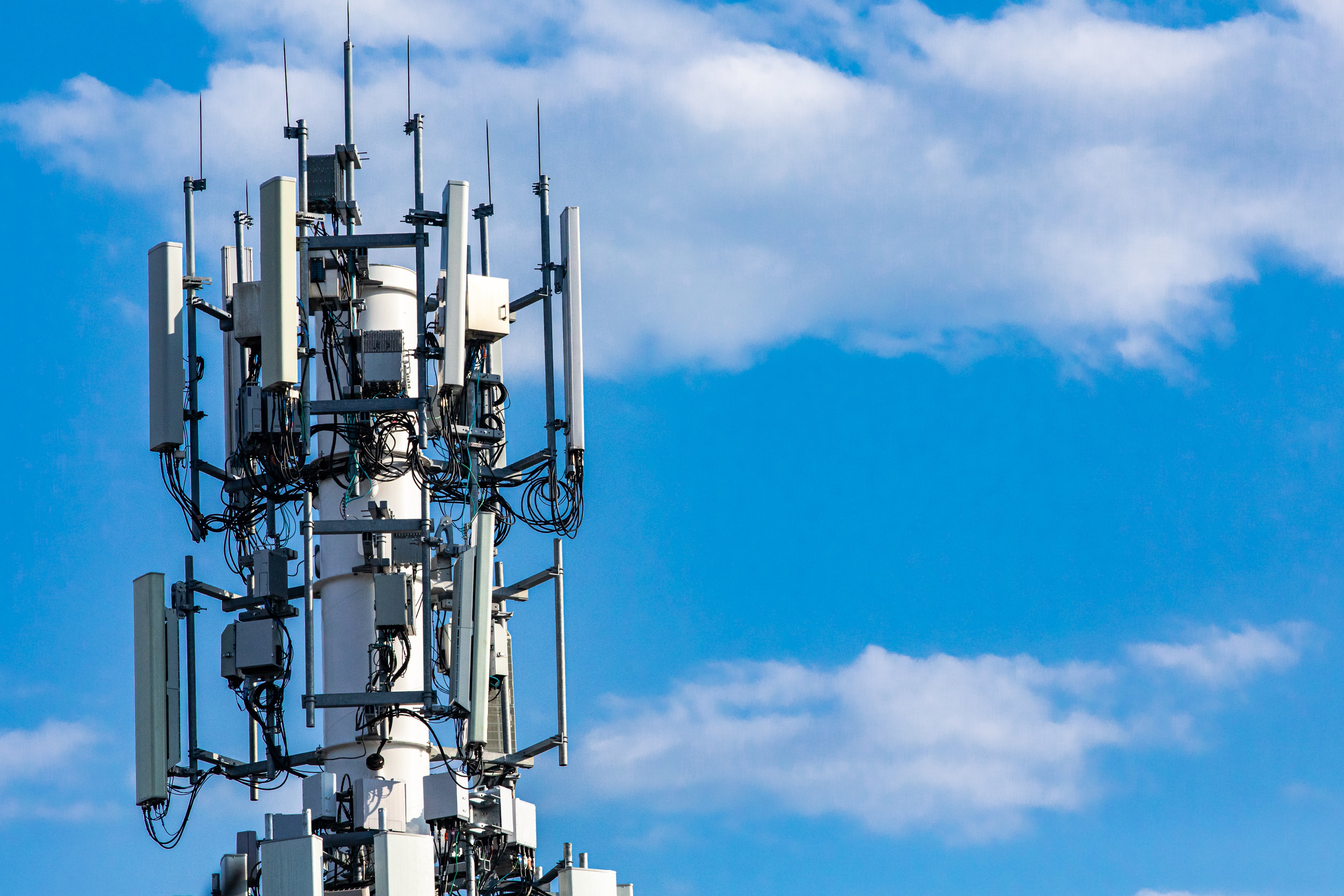Very best safest distance from your 5G cell Tower?

If you've ever wandered through a city, you may have seen tiny cell towers for 5G placed on poles for street lighting. They appear like tiny boxes however they're actually sending wireless signals from cell phone providers to your mobile.
These smaller towers are replacing the larger built cell towers. While they're not as noticeable but they can still create issues for users.
what is a safe distance from a cell tower establish the maximum amount of time a person can be exposed to electromagnetic energy from wireless devices. The exposure limits are based on scientific data which show that the energy of RF could be harmful to human health.
The specific absorption rate (SAR) is an indication of the radiofrequency energy that is absorbed by tissue. what is a safe distance from a cell tower 's usually 1.6 Watts per kilogram spread over a kilogram of tissue.
Since 5g is able to transmit at higher frequencies and has the potential to cause greater energy intensity on the skin and other exposed body areas. This could lead to a wide range of potential harms, including exacerbated development of skin diseases such as dermatitis, skin cancer and cataracts.
Due to the potential for severe effects of 5g radiation, PSU has chosen to establish a general, localized limits on power density, which is 4mW/cm2 averaged on 1cm2, and not to exceed 30 minutes for all 5G services at 3000 GHz. This limit for localization is in line with the highest SAR spatial-average of 1.6 W/kg averaged over 1 grams of tissues at six GHz.
The FCC's Maximum Exposure Thresholds
In the event that you've used cell phone, you're probably aware that a safe distance from the tower is around 400 meters away. This is because the power of transmission from the cell tower is significantly increased the farther your location from the tower.

While it sounds like a good idea however, those living close to towers may actually be more susceptible to health issues. For example, a study from 2014 in India found that residents who lived within 50 meters of cell towers experienced much more health problems than those who were away from the antennas.
But, the study found that people who moved to areas that were further from cell towers experienced their symptoms return to normal within a few days. Other studies have shown that exposure to high frequencies of radiofrequency electromagnetic fields (EMFs) could cause brain tumors, cancer and other health issues.
This is due to the fact that RF radiation, which is used in wireless communication can penetrate the human body's exterior layer, called the skin. This is important to understand because the skin acts as a barrier to protect against injury to the body, infection by pathogenic microorganisms, and infiltration of toxic substances. It is also the most important organ of the human body. what is a safe distance from a 5g cell tower is responsible for protecting other organs.
The FCC's Minimum Exposure Thresholds
The FCC's Minimum Exposure Thresholds rely on many assumptions that aren't supported by scientific evidence. These include the erroneous assumption that short-term exposures to RF radiations are not harmful due to the limited radiation penetration in the human body (i.e. the heating of tissues).
This assumption does not take into account the greater penetration of ELF parts of the modulated RF signal, as well as the effect on the body of short bursts from pulsed RF waves. These assumptions are not in line with the current understanding of biological effects of RF radiation. Therefore, they should not be considered for health protection exposure standards.
Furthermore, the ICNIRP and FCC restrict its maximum levels of radiation exposure for local peak SARs, based on the maximum speed of spatial absorption (psSAR) that is an inadequate dosimetric tool to assess the amount of exposure to radiofrequency radiation. In particular, psSAR is inaccurate for frequencies above 6 GHz. Additionally, psSAR hasn't been tested for RF radiation exposed to other agents of the environment such as sunlight. The interactions of RF radiation and other environmental agents could produce synergistic or antagonistic effects. This could result in an increased risk of negative health effects. For example, exposure to RF radiation and sunlight could cause an increase in the incidence of skin cancer, and may also exacerbate other skin disorders, such as acne.
